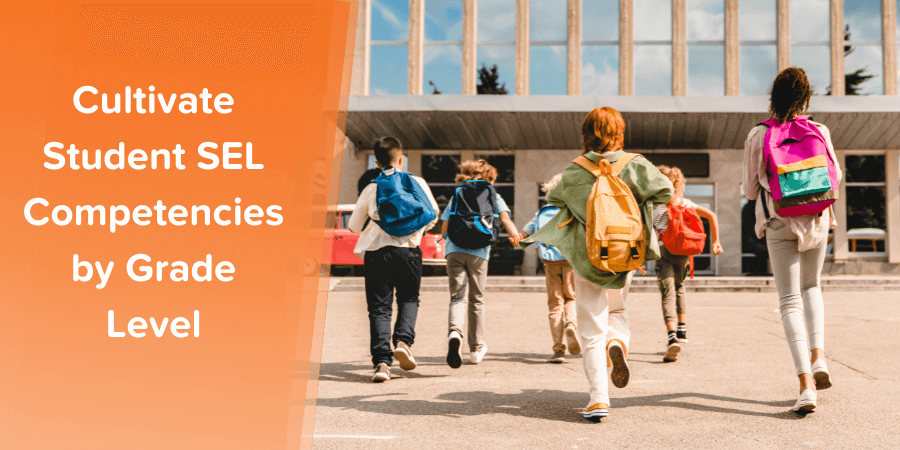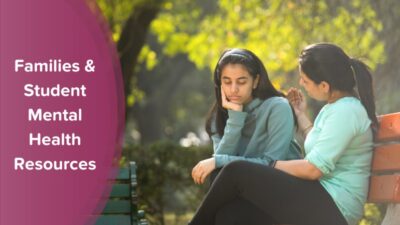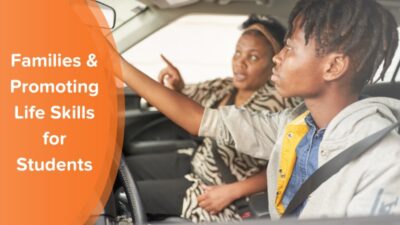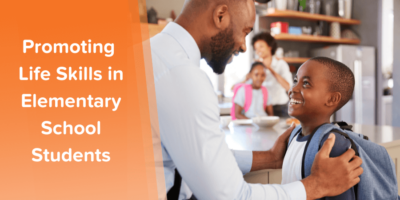By Maren Madalyn, contributing writer
As a former educator, I know how critical social emotional learning skills are. I also remember how challenging it could be to layer in building social and emotional competence in the classroom.
I taught multiple grade levels in one room (kindergarten through third grade), which wasn’t unusual in our district’s Special Education programs. But it meant that breaking down SEL competencies by grade level for each student was essential.
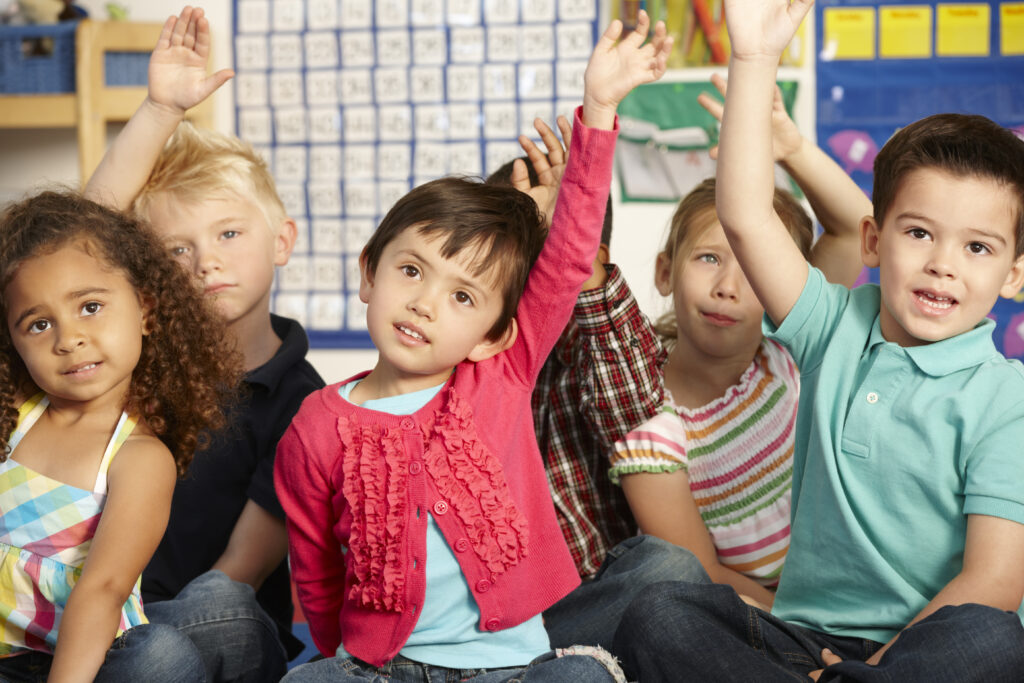
Sitting in one chair, I’d have a third-grader learning how to manage his time and anxiety while taking math tests. Next to him would be a first-grader whose emotions spilled over into physical behaviors at the slightest provocation. These two kiddos had completely differing social and emotional development needs.
Yet, we needed to ensure our kids reached their personal and collective goals, knowing that these skills would improve academic performance, too.
Thank goodness for our students’ families!
Caregivers supported kids’ unique social and emotional learning journeys at home as we supported them in the classroom. This continuity ensured that students developed core skills like positive self talk and identifying emotions wherever they went. Families were our MVPs on the learning team.

The importance of SEL competencies by grade level
Research has shown that implementing social emotional learning programs results in positive student benefits such as gains on standardized test scores, reductions in emotional stress, and improved classroom behavior. These effects on student success are long-running, too; students with stronger SEL competencies are more likely to graduate from high school and secure stable employment thereafter
Just as with math and literacy skills, educators break down social and emotional learning competencies by grade level and age groups teaching social emotional learning as students grow up.
These days, many educators focus on school-based efforts to implement SEL instruction. How can teachers introduce these core competencies into daily learning? Should district leaders launch social emotional learning benchmarks? Must every state create SEL standards? Even PE teachers are figuring out how to tackle social emotional learning concepts with kids!
Needless to say, there is a lot of pressure on educators to build core competencies in students. This is especially important now as everyone heals from the pandemic’s many impacts, supporting student mental health and positive learning outcomes.
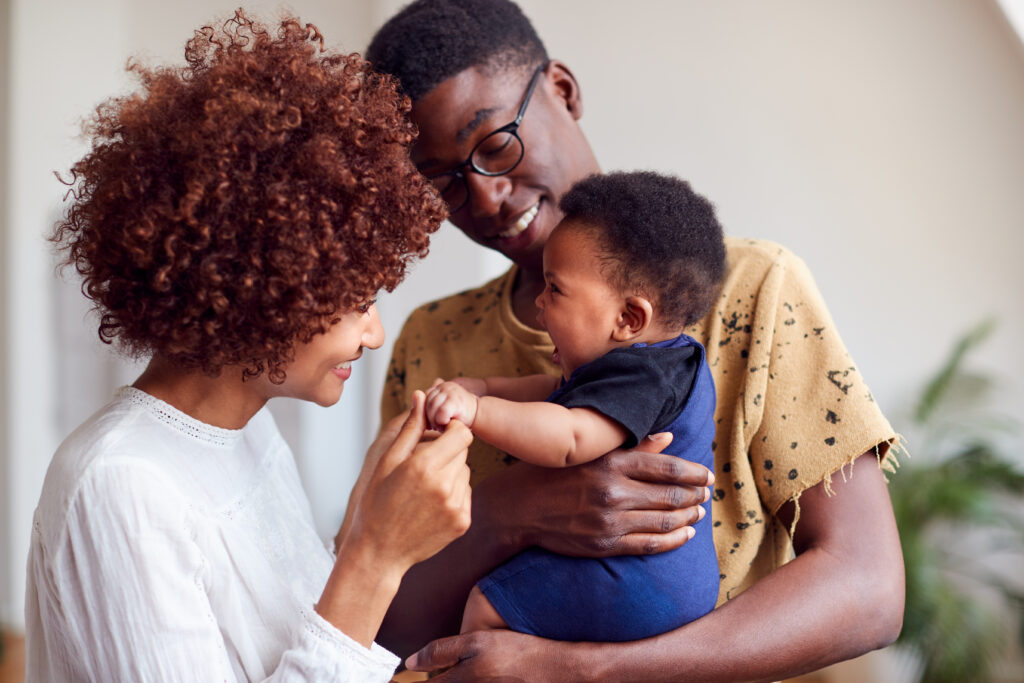
But let’s be clear: families support developing social and emotional learning skills in students, too. SEL skill-building happens all the time for students — in the classroom, at home, in the community, and beyond! When families and educators align on cultivating SEL competencies by grade level, it makes teaching and parenting that much more successful.
Families are the ultimate partners for SEL
How does connecting social and emotional learning with family engagement benefit schools? Ultimately this pairing catalyzes both student development and positive school climate.
Think of it this way. Most educators already recognize the benefits of strong and equitable family-school connections on academic outcomes. Positive relationships between home and school can result in increased graduation rates and higher math and reading scores. They also help kids be better regulated and prepared to learn in the classroom.
Do these benefits sound familiar yet? Social and emotional learning also yield these positive results.
Now imagine combining the power of family engagement in schools with social and emotional skills!

How families drive SEL, from birth through adolescence
So how do families impact social and emotional learning across age groups?
In the earliest years of a student’s life, families are THE role models when it comes to SEL. Before little learners have the words to talk about feelings or the organizational skills to manage their own schedules, they observe their caregivers’s social interactions with the world. These teaching practices are so organic that many families might be unaware that it’s happening.
That’s the beauty of families and SEL: they are already teaching these essential skills to their kids. As one parent shared in our recent survey, activities like the ones offered through ParentPowered can help families feel “more confident that the small amounts of learning work I [already] do at home matters.”
At ParentPowered, we help educators to align with families and prepare students for long-term success. We designed our programs to build evidence-based skills and competencies linked to positive child outcomes, including social and emotional learning skills. Delivered to families weekly by text, our everyday learning activities cover a wide range of life skills, including self-esteem, positive social identities, executive functioning, and more.
Let’s unpack just one of these crucial areas of social emotional competence for students – relationship skills – and discover what families can do to cultivate these abilities in students.

Birth to PreK
The beginning of a child’s life comes with many incredible growth milestones that impact them physically and emotionally. How magical it must feel to discover that you have hands for the very first time, or that you can walk on two feet!
From the social perspective, early learning heavily depends on interactions with family members and other adults. As described by Michigan Kids Matter, structured socialization and lots of practice are the key to help toddlers learn basic skills that later cultivate healthy relationships.
Bringing SEL to life
In particular, learning how to express, understand and manage one’s emotions is an essential component to positive relationship skills. Families of young learners can use this activity to help toddlers practice their emotional skills:
- FACT: Your child may be young, but they can still feel stress just like you do. Time spent with you just snuggling and being together is a great way to relieve stress.
- TIP: As your child lies in bed, snuggle or hold their hand. Ask about their day. Try questions like “Did any hard things happen today? How are you feeling about tomorrow?”
- GROWTH: Young children don’t often have the words to talk about stress. Instead, they might be extra clingy, have a hard time sleeping, or say they have a tummy ache. Reach out to your doctor if you have concerns.
PreK to kindergarten
PreK and kindergarten mark exciting milestones for a student’s learning journey. These years are often the first time a student steps into a classroom environment and spends significant time away from their home and families.
As preK and kindergarten students come together in a school community, it is essential that they learn group cooperation and appropriate socialization. Basic self management skills such as listening to what others are saying, taking turns during a group activity, and following directions are fundamental for forming positive relationships with others.
Bringing SEL to life
Perspective taking is an excellent SEL competency that families of young learners are well positioned to practice at home. Offer this activity to your preK and kindergarten families to encourage positive social behavior wherever students go!
- FACT: When kids start to understand other people’s feelings and needs, they have an easier time making friends and getting along with people.
- TIP: At bedtime, make up WHAT IF questions about friends’ feelings. Ask: “What if you saw a friend who looked lonely? Sad? Mad? What would you say or do?”
- GROWTH: Keep up all that feelings talk to help kids learn empathy. Now practice with a favorite stuffy: “Look! Bear is angry. How can you help?”
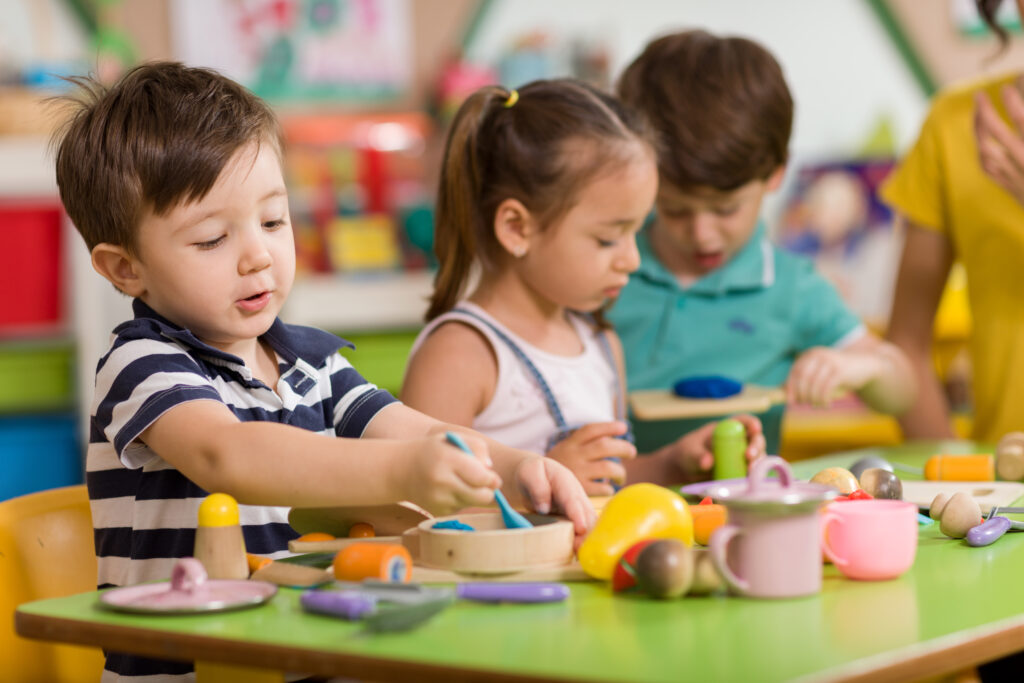
Early elementary school
As students move into elementary school, their relationship skills shift, too. In particular, elementary students form their own social spheres with other students, learn how to respond to social cues, and recognize differences in opinions and experiences among their peers.
They also practice problem-solving as a collective group, establish and maintain healthy relationships that stretch beyond shared likes and dislikes, and identify positive, unique traits in others. Last, they learn how to recognize when they need help and which individuals to ask for support with particular challenges or tasks, emphasizing the importance of healthy and supportive relationships.
Bringing SEL to life
Celebrating differences among people is an essential relationship skill for early elementary school kids. Families can foster this appreciation for diverse individuals in their students’ life by using this activity around mealtimes:
- FACT: We are all different. When kids celebrate their differences, they are better able to friends and learn from others. These are keys to success in life!
- TIP: At mealtime, ask: “Who’s someone you know that’s really different from you? What are they like? What’s something they do really well?”
- GROWTH: Keep celebrating differences! Tell your child about a time you got to know someone really different from you. Describe a fun thing you did together.

Late elementary school
As elementary school students get older, they further refine skills learned in first and second grades to maintain positive relationships.
They practice their empathy skills and continue to recognize others’ unique perspectives on the world. They also improve their ability to specifically describe others’ perspectives and how they may differ from their own thoughts. They explore positive interactions with students of all different cultural backgrounds and discover effective ways to make friends – maintaining existing connections while forming new ones in different social circles.
Bringing SEL to life
Self-awareness is a key relationship skill for students during the later elementary school years. When kids recognize how their words and actions affect others, they are better positioned to work collaboratively and make positive choices in social situations. Share this activity with your late elementary school families to foster students’ self-awareness.
- FACT: As kids grow, they become more self-aware! They start to see how things they say or do affect others. This is key for building strong relationships.
- TIP: Next time your child does something kind, point it out. Try, “When you read to your sister, it helped give me the time to get dinner ready. Thank you!”
- GROWTH: Keep building self-awareness. Now point out that their words can affect others. Try, “When you ask me in a kind way, it makes me want to help you.”
Middle & High School
Students continue to hone their social skills all the way through middle school (and beyond). In fact, middle school students might face some of the most critical relationship challenges and wins during these early adolescent years.
In parallel with changes to their physical and emotional experiences, students navigate more evolved social connections in different settings. They use the perspective-taking abilities they learned in elementary school to understand why others might feel or act in a certain way. They also learn how to recognize and resist negative peer pressure around them.
Practicing responsible decision making positively benefits older students’ social interactions. At a time when the need to fit in can feel overwhelming, it is all the more crucial that middle and high school students have methods that help them take action or make decisions independently from peer pressure. Families can help students prepare for these different situations in a safe environment at home first.
Bringing SEL to life
As caregivers engage with their middle or high school-aged children, encouraging conversations about differing social scenarios and the importance of making caring and constructive choices empowers students to navigate their social landscape with resilience and confidence.
Share this activity with your families to help prime adolescents to negotiate conflict and manage negative peer pressure constructively. Check out our recent blog post for more social emotional learning activities for middle school families specifically:
- FACT: In middle school kids feel a strong desire to fit in. This can sometimes make it hard for kids to make their own decisions. Practicing with you can help.
- TIP: Ask questions to help your child think about decisions. Try, “What can you do or say if a friend asks you to do something you don’t want to do?”
- GROWTH: Keep talking about decisions. Brainstorm things your child might say to get out of an uncomfortable situation. For example, “I’m not into that. Thanks.”
Did you know? ParentPowered is expanding its family engagement programs into high school! Click below to learn more about the upcoming curriculum.
Families cultivate SEL competencies at all grade levels
Despite the variety of social and emotional learning in my classroom, I vividly remember those moments of triumph unique to each kid’s personal goals, and the key role that families played in achieving them.
Like when our little first-grader finally used his favorite stress management technique to calm down all on his own, without any staff reminders, after practicing with his mom for weeks. Or when our third-grader used deep breathing and careful time tracking to ace his timed math test — with a whole minute to spare.
To this day, I am thankful for the support from each of our students’ families. They made all the difference!
About the author
Maren Madalyn has worked at the intersection of K12 education and technology for over a decade, serving in roles ranging from counseling to customer success to product management. She blends this expertise with fluid writing and strategic problem-solving to help education organizations create thoughtful long-form content that empowers educators.

